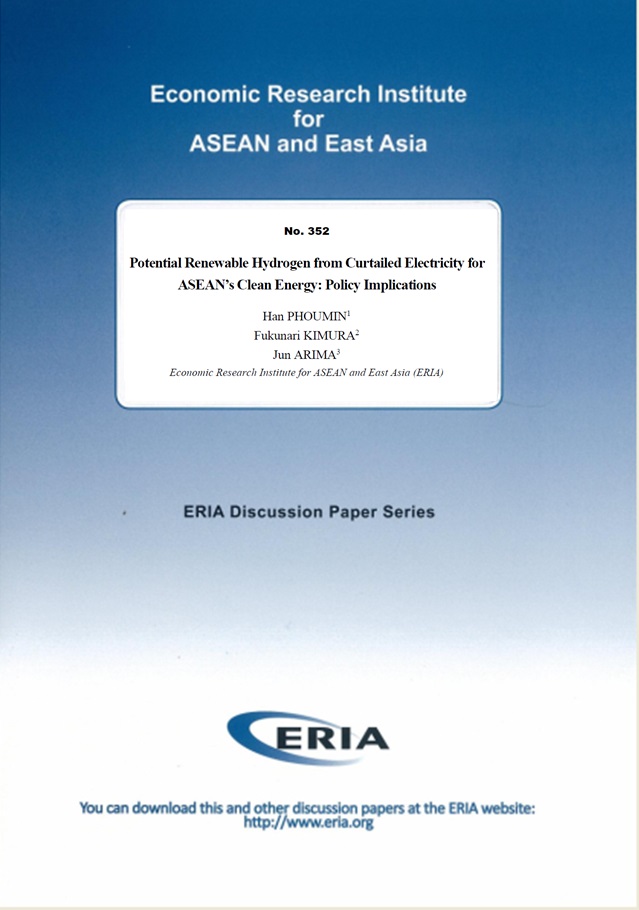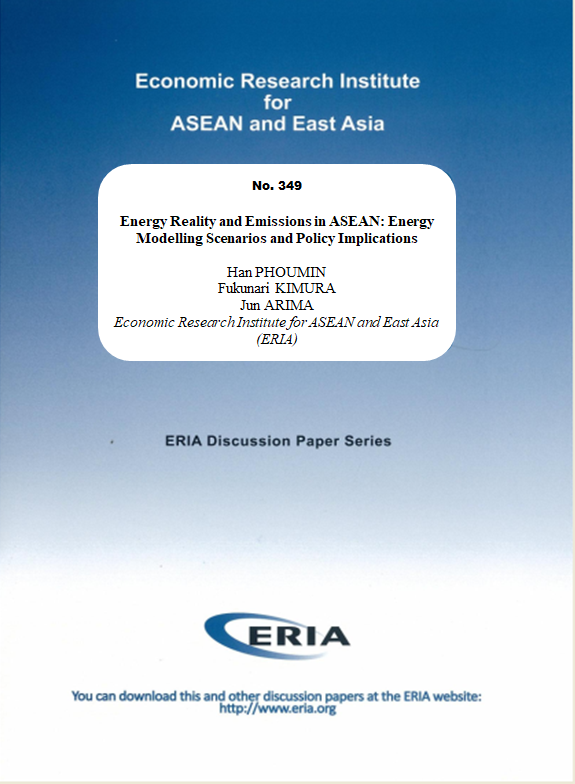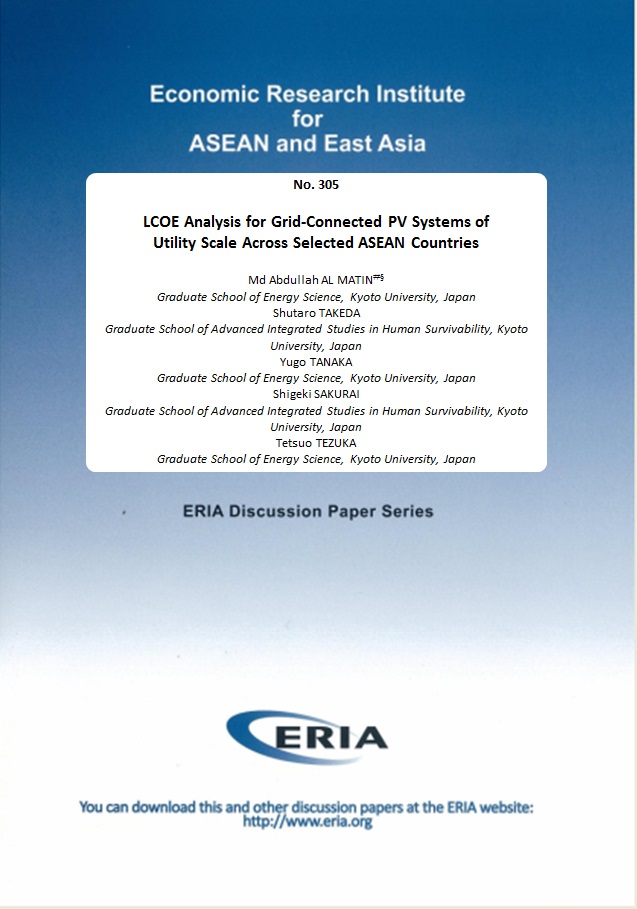Potential Renewable Hydrogen from Curtailed Electricity for ASEAN’s Clean Energy: Policy Implications

Date:
25 November 2020Type:
Discussion PapersTags:
energy transition, renewables, fossil fuels, system integration, ASEAN, Hydrogen, EnergyPrint Article:
The power generation mix of the Association of Southeast Asian Nations (ASEAN) is dominated by fossil fuels, which accounted for almost 80% in 2017 and are expected to account for 82% in 2050 if the region does not transition to cleaner energy systems. Solar and wind power is the most abundant energy resource but contributes negligibly to the power mix. Scalable electricity production from wind and solar energy faces tremendous challenges due to system integration practices in ASEAN. Investors in solar or wind farms face high risks from electricity curtailment if surplus electricity is not used. Technologies for battery storage (lithium-ion batteries) have been developed to handle surplus electricity production from wind and solar energy but they remain costly. Hydrogen produced from electrolysis using surplus electricity, however, has numerous advantages that complement battery storage, as hydrogen can be stored as liquid gas, which is suitable for many uses and easy to transport. Employing the policy scenario analysis of the energy outlook modelling results, this paper examines the potential scalability of renewable hydrogen production from curtailed electricity in scenarios of high share of variable renewable energy in the power generation mix. The study intensively reviewed potential cost reduction of hydrogen production around the world and its implications for changing the energy landscape. The study found many social and environmental benefits as hydrogen can help increase the share of renewables in decarbonising emissions in ASEAN.




